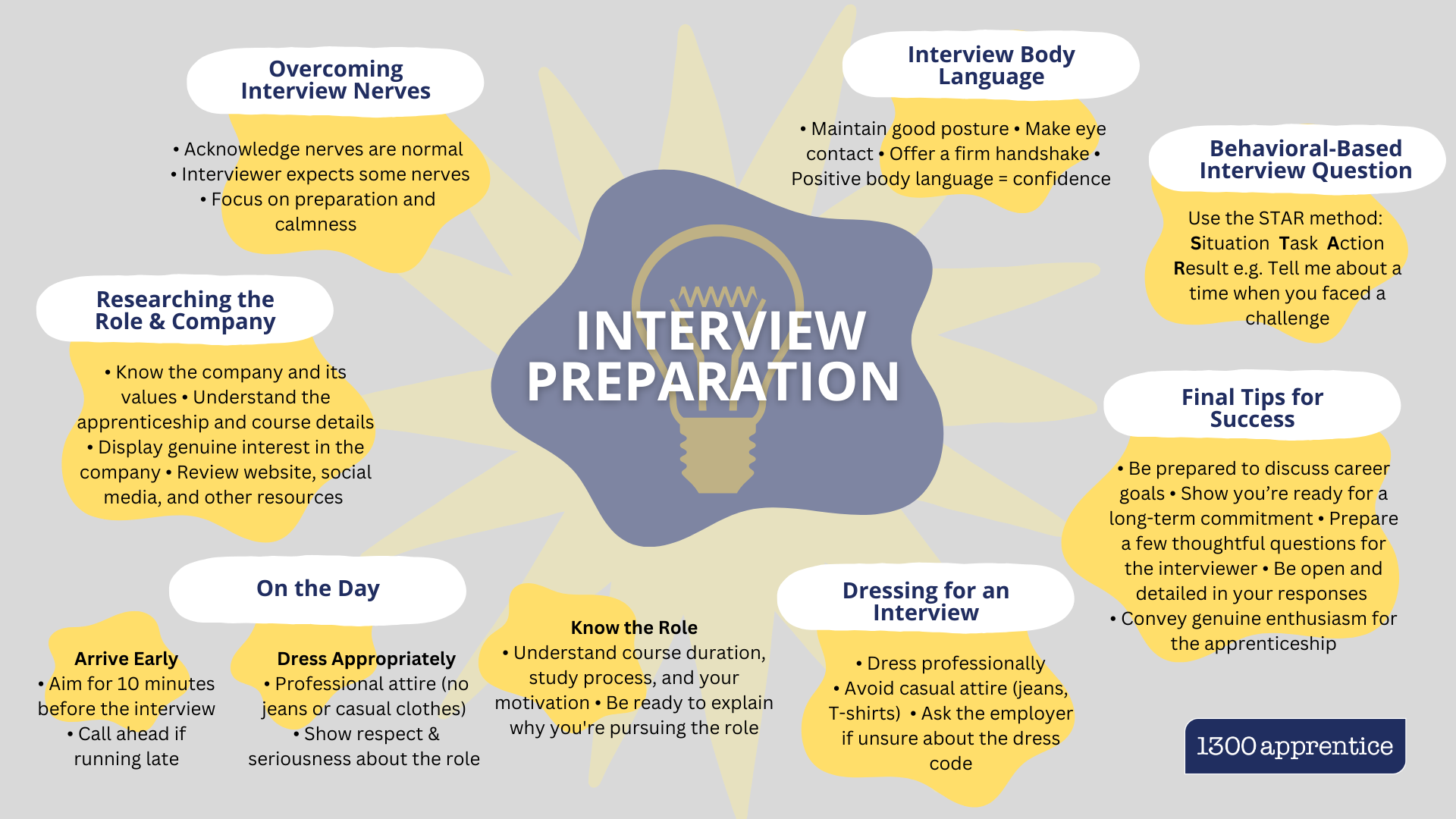The History of Apprenticeships
The History of Apprenticeships: From England to Australia
Sometimes to appreciate what’s around today – and understand how it works – it’s important to take a look back.
Many Australians and students around the world undertake an apprenticeship, traineeship, university degree or college degree as a higher learning pathway into more rewarding work.
While all different routes to higher learning are now very established, they all find their routes back one way or another to the Middle Ages. And as with many developments in the Middle Ages, these systems haven’t always been as sophisticated as they are today.
In this blog we’ll be exploring how apprenticeships started, Australia’s apprenticeship history, and what apprenticeship courses have changed the course of Australia and continue to create important changes in our nation’s economy, environment, and culture today.
Where did it all start?
Apprenticeship‘s early beginnings paved out a way for freedom for the lower classes of society.
The history of apprentices in England began in crafters’ guilds in the Middle Ages – where master crafters and artisans would take a young man or woman under their wing in their trades. At the time, skilled women could become were seamstresses, bakers, cordwainers or stationers.
Not only did the crafting masters teach them the trade but they would also live and work in their households, and have parental rights over them. They would receive their lodgings: room and board for free but earn no income. In some cases, master crafters would request a fee from the parents of the apprentice for the training.
In 1563, the Statute of Artificers set out standards for training apprenticeships, which included a law that no one would practice a skilled trade or craft without serving 7 years as an apprentice.
However, at the end of their apprenticeship training, a serf, slave or peasant would be fully entitled to being a freedman.
The demands on apprentices in the Middle Ages
On top of living like a servant under a master crafter for 7 years, there were other high demands of apprentices.
You could not marry or start a household.
If you were aged between 12-20 and someone with a household with sufficient funds requested that you become an apprentice, you could not refuse unless you were already apprenticing under someone elsewhere.
Like at any time, there were also some bad bosses. However, leaving could mean imprisonment for 21 days and whipped out of town, unless someone could vouch for your reason to leave.
Apprenticeships during the Nineteenth Century
In the half of the nineteenth-century apprenticeships began to spread into traditional trades like engineering and shipbuilding.
Growth of Apprenticeships in the 20th Century
During the post-war boom of the 1950s and 60s, there was an increased appetite for knowledgeable workers. This resulted in numerous new programs being established – particularly pertaining to electrical and plumbing services.
These initiatives provided a crucial route into well-paid jobs, enabling people from all backgrounds to develop valuable skills along their career paths.
Apprenticeships in Australia’s History
Australia’s own apprenticeship history followed much along the lines of England’s routes, as a British colony. With the formation of the colony, apprenticeships also followed.
In the early 20th century, there was a major demand in Australia for manufacturing and it helped changed the face of apprenticeships. Employers needed workers with well-rounded skills that they could leave unsupervised. The kind of skills that would only be developed through the thorough practical and theoretical learning that would come from an apprenticeship.
When legislation changed
The formation of the Australian Commonwealth in 1901 gave rise to a unified apprenticeship system. It was a critical development at the time.
The Commonwealth legally enforced that employers needed to make certain provisions at a minimum for apprentices and qualified tradespersons through industrial awards, and helped Australia’s economy flourish.
The Decline and Revival of Apprenticeships
As the 20th century came to a close, apprenticeships began losing their lustre. Universities began gaining greater appeals of higher prestige than trades, and work shifted more towards service-oriented occupations. Leaving less focus on skilled labour.
However, after a sharp decline in the latter half of the 20th century, apprenticeship programs are making a comeback.
Post-graduate disillusionment has been rising. Many who have completed university have opened up about the struggles to find related work that pays well after graduating.
This is arguably one of the biggest reasons why there has been a growing appreciation for vocational training.
Many skilled trades that apprenticeship programs lead to having the possibility of high earnings without the overhead of large debts.
With the Government’s financial support to encourage more people to go into these jobs in demand, apprenticeship programs are an attractive pathway for more mature-aged students and employers looking for talent. And through these incentives, the government hopes to fill in the demand for these critical skills in our economy.
Interested in learning more about apprenticeships and traineeships? Stay tuned to our blog for more news, information and updates on the latest trends in the job market.
Contact Us for help in getting started as a host employer or apprentice.




